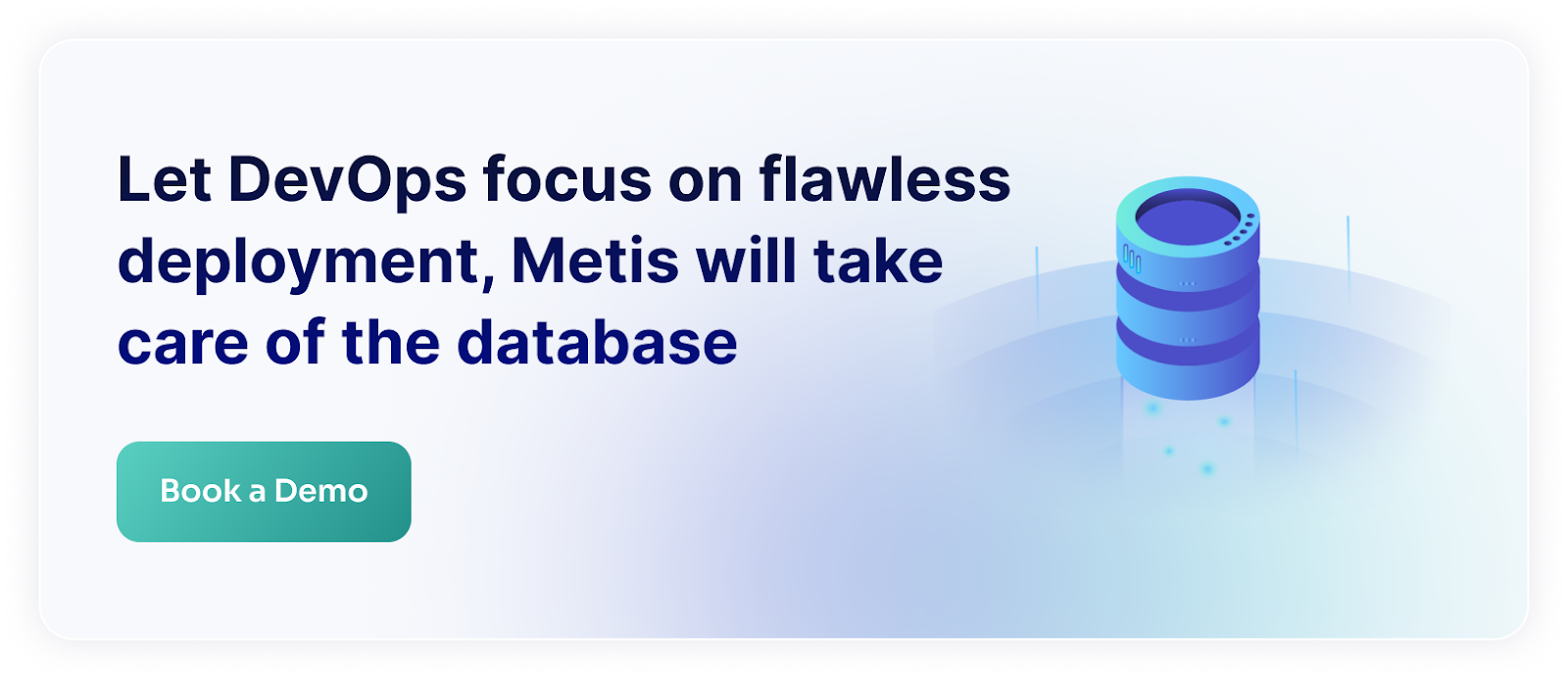No matter how careful we are, issues can still arise in production. We might deploy buggy code, execute a slow schema migration, or experience a surge in traffic that overwhelms our systems.
When database-related problems occur, developers often feel powerless. They may lack a deep understanding of database internals, the necessary permissions, or visibility into active queries. Despite having robust CI/CD pipelines and highly optimized IDEs, databases remain beyond their direct control. It’s time to change that.
Here are three key strategies to help regain control over our databases.
Start with Observability
Developers often struggle to address database issues simply because they lack visibility. Just as they rely on debuggers and profilers for code, they need tools that provide complete insight into database activity.
To solve this, observability must be integrated across the entire software development lifecycle (SDLC). Developers need to understand how their SQL queries are executed, access execution plans, and monitor database activity in real-time. They can’t afford to wait for load tests to finish - they need immediate feedback on query performance as they write and refine their code.
This is where OpenTelemetry comes in. By integrating with developer environments and databases, we can capture queries, extract execution plans, and analyze them to deliver actionable insights. This allows us to predict query performance in production. Beyond that, we can extend the same approach to live systems, continuously extracting execution plans from active queries to ensure optimal performance.
Build Automation Everywhere
Manual intervention isn’t scalable. To move quickly and improve development velocity, we need to automate as much as possible. That means building observability into all our systems, including databases.
We must continuously track execution plans, performance metrics, configuration changes, schema migrations, and any other factors that impact database performance. By applying automated analysis, we can detect anomalies and pinpoint the root causes of slowdowns.
With this foundation in place, we can take it a step further - building self-healing mechanisms. Equipped with deep insights into database behavior, we can enable automated fixes, ensuring databases resolve issues on their own. Whether it’s recommending new indexes, adjusting configurations, or optimizing slow queries, automation gives us the power to keep our systems running smoothly.
Own Your Databases
Finally, we need ownership. Developers must shift their mindset and recognize that they can - and should - take control of their databases. This is the key to ensuring database reliability and preventing system failures.
At first, this might seem like adding more work to their plate, but in reality, it’s about working smarter, not harder. With automated observability and actionable insights, developers aren’t burdened with manual troubleshooting - they’re simply replacing one type of work with another. Instead of reacting to issues, they can proactively address them with automation handling the heavy lifting.
To truly regain control, developers must embrace this new reality and take full ownership of their databases from development to production.
Use Metis to Have it Today
Metis provides everything you need to take full control of your databases. It analyzes your queries, builds observability, and captures execution plans, configurations, schema changes, and other factors impacting database performance.
With automated monitoring, Metis detects anomalies and resolves issues on its own. When manual intervention is required, it alerts you, ensuring you can make informed business decisions. Ultimately, Metis empowers you to take complete ownership of your databases, from development to production.







